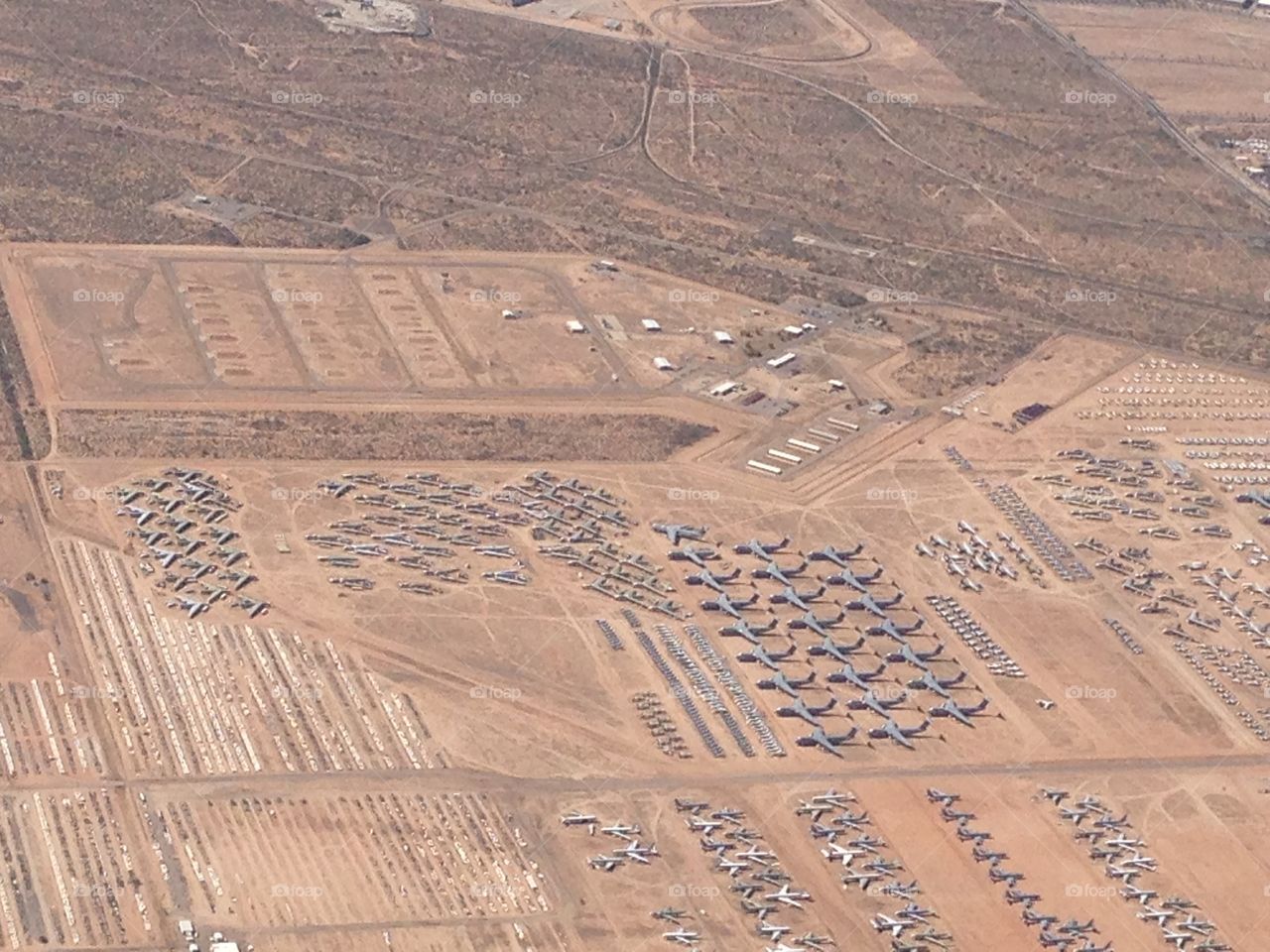
The only Navy airplane on the top 10 list, the P-3 Orion, came in sixth. During Fiscal 2012, the five fleets calling for the most parts, in order, were the F-15, B-1B, F-16, C-5, and C-135-collectively accounting for some 60 percent of the total. That figure is down a bit from the totals of previous years, but Lepper said that’s due in part to reduced demand, following the end of US operations in Iraq.

In Fiscal 2012, for example, the Boneyard “pulled” more than 10,000 parts, with a value of $472 million. It would probably get there within three days of the request. Hill AFB, Utah, urgently needed the part. Joe Gasak removes a flaperon bracket from an F-16. It frequently makes the difference between aircraft being operational or grounded.
#Tucson airplane graveyard verification#
The facility conducts overflow depot maintenance on the A-10 attack aircraft and variations of the C-130 it has a verification role to play in the Strategic Arms Reduction Treaty on nuclear arms it hosts a program that converts old F-4 Phantoms-and soon F-16s-into aerial target drones it stores and reconditions aircraft that will be transferred to allies under the foreign military sales program it is an auxiliary facility of the National Museum of the US Air Force it stores tooling for out-of-production aircraft disposes of aircraft the US military no longer needs and it helps keep Air Force “heritage flight” aircraft available for special flying occasions.Ĭhief among its missions, however, is supporting the flying Air Force with parts. … So lots of these aircraft that come in will be returned to flying status.”īesides storing aircraft until they’re needed again, the AMARG has a dizzying list of other missions. In a November interview, he said that at the AMARG, “we generate aircraft” for the Defense Department, NASA, and “right now, … for five different nations. “People think the Boneyard is where old planes come to die,” said Col. While the seemingly endless lines of airplanes stored here all look destined for Death Row, a sizable number are here only temporarily and will fly again. In fact, the 309th Aerospace Maintenance and Regeneration Group, or AMARG, conducts a wide variety of missions in support of the Air Force, other services, and allied nations. Disposing of old airplanes, however, is just a fraction of what the AMARG is all about. “Jaws” prepares to take another bite out of a mighty C-5A Galaxy being reduced to scrap at Davis-Monthan AFB, Ariz. That’s only a fraction of the story, however.

The facility, located at Davis-Monthan Air Force Base in Tucson, is commonly perceived as an airplane cemetery, where the denizens are doomed to be scrapped for their valuable metals.

Practically everyone in aviation circles is aware of the Air Force’s “Boneyard”: 2,600 acres of Arizona desert where thousands of military aircraft, withdrawn from service, silently await their fate.


 0 kommentar(er)
0 kommentar(er)
